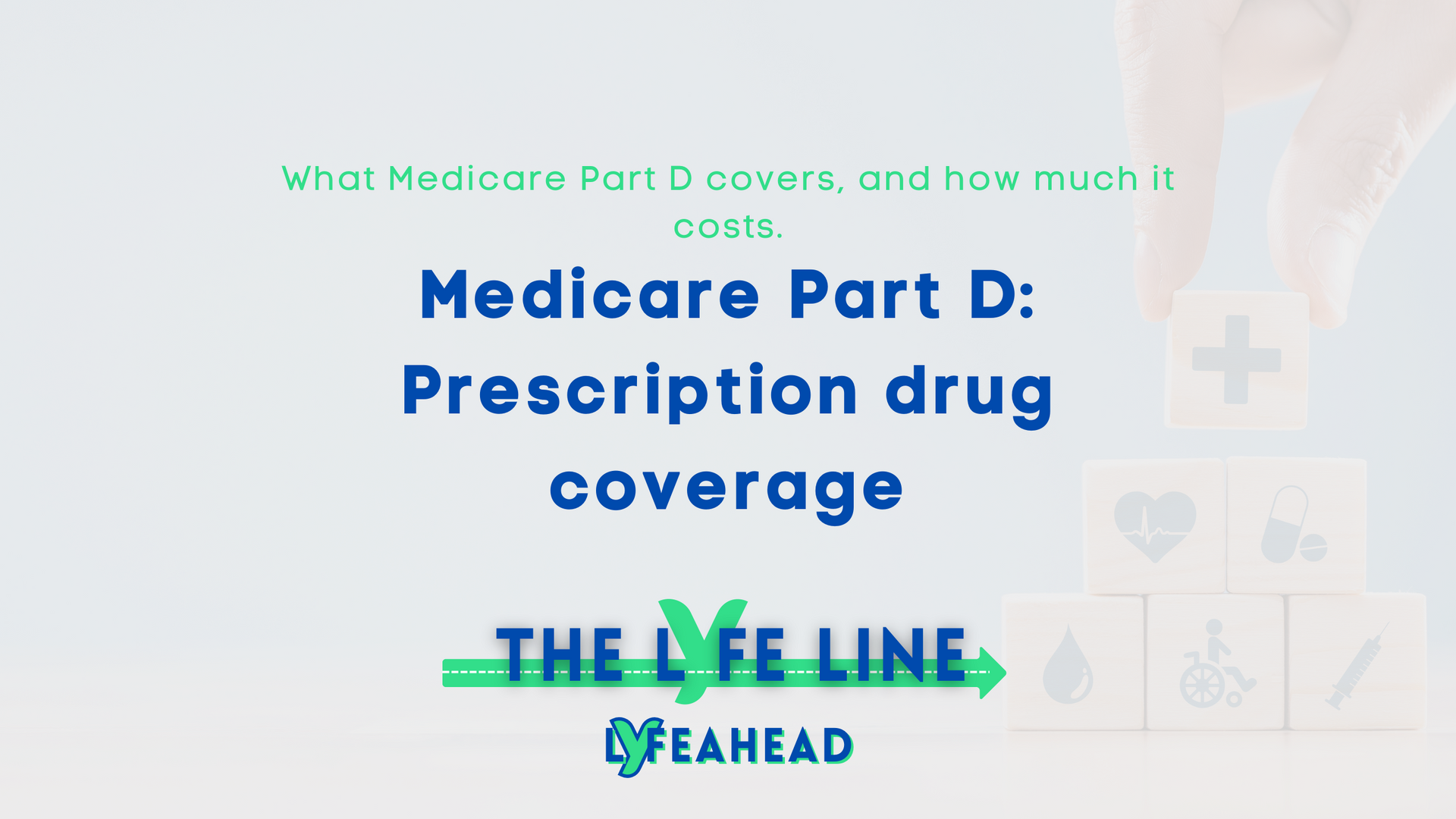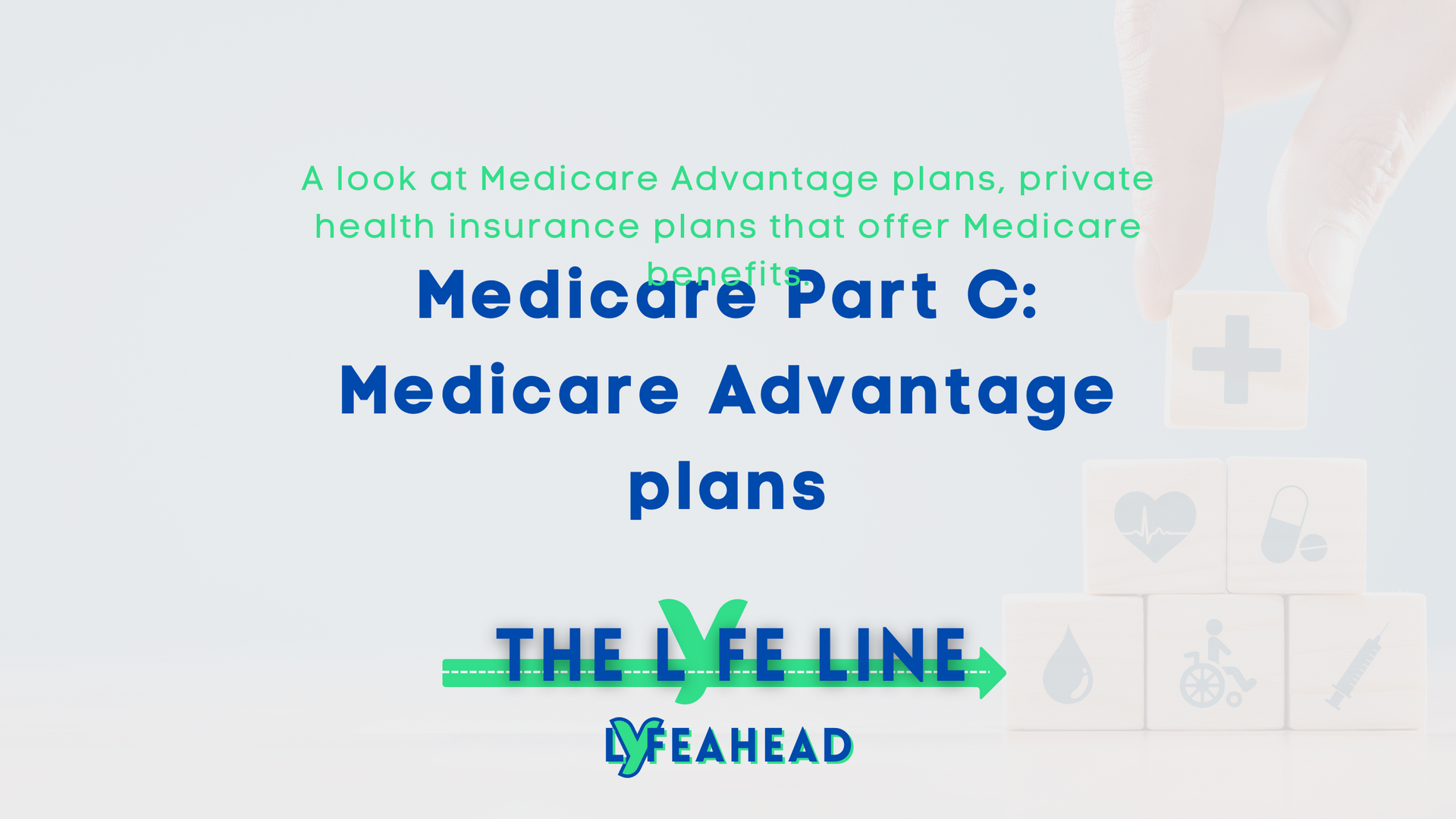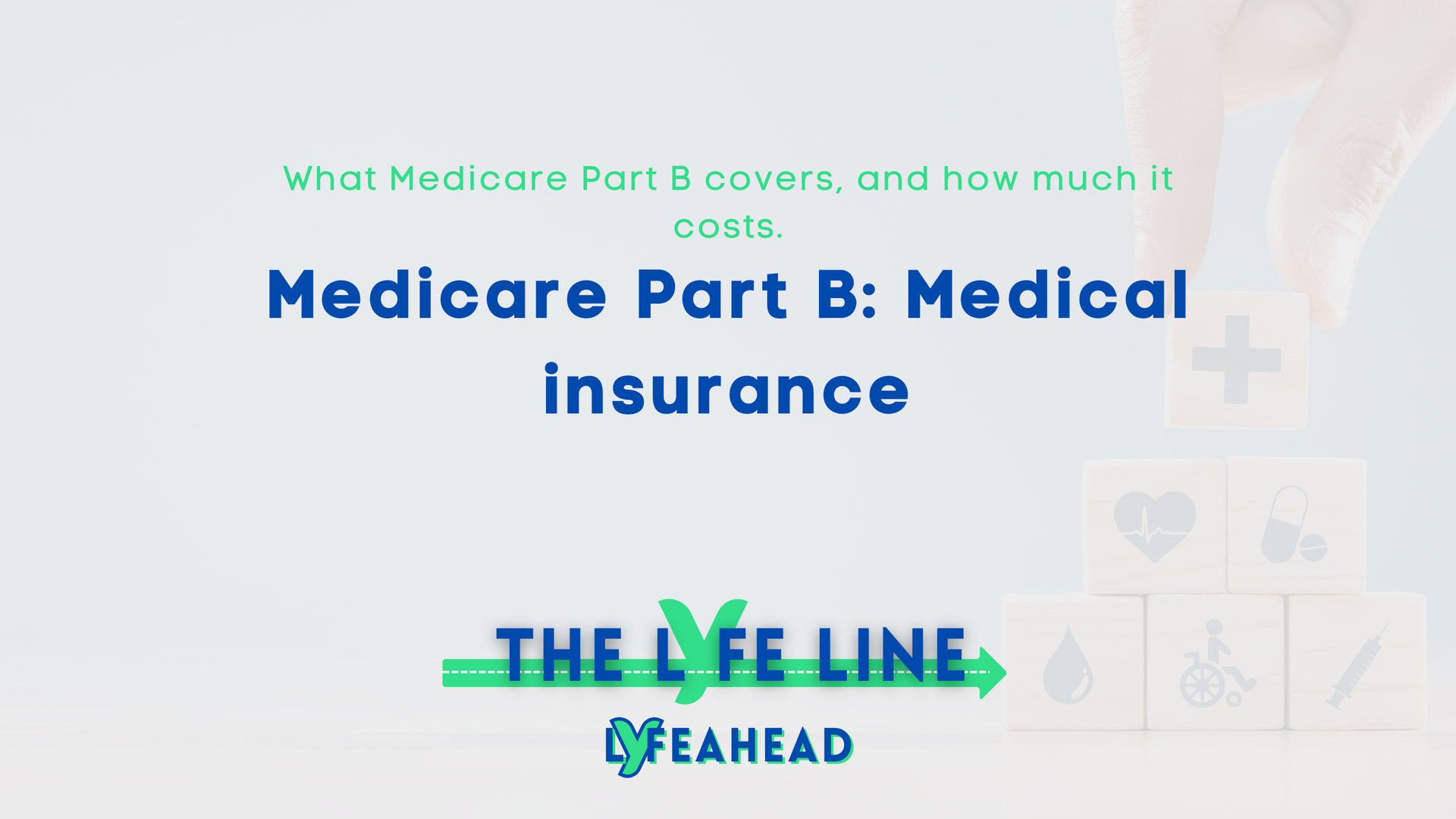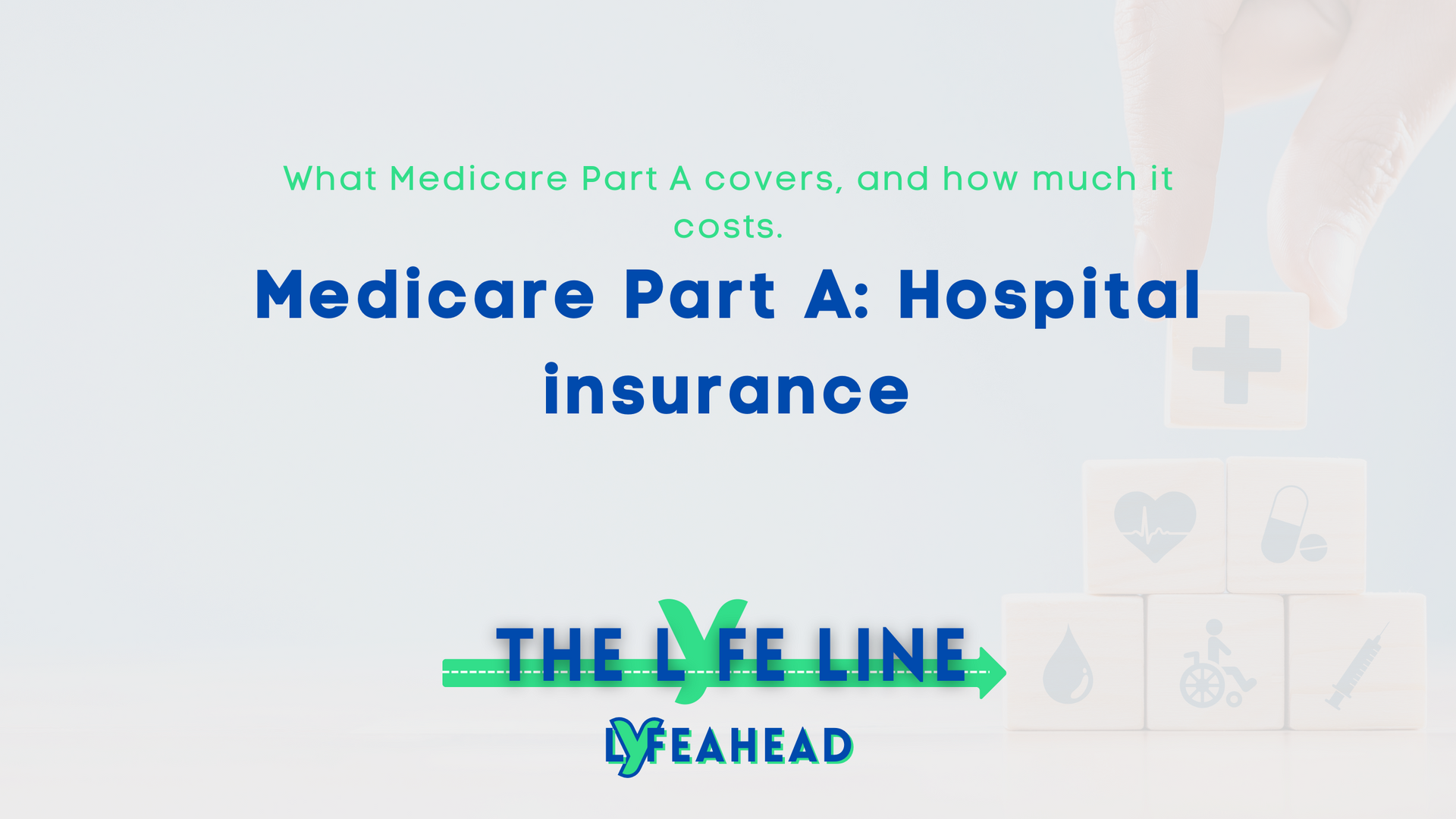What is Medicare?
Medicare is a federal program that provides health coverage for individuals aged 65 and over, and for some younger individuals with disabilities or chronic conditions. It's divided into four parts—Part A (Hospital Insurance), Part B (Medical Insurance), Part C (Medicare Advantage), and Part D (Prescription Drug Coverage).
An Overview of Medicare Options
Hospital Insurance
Part A is the cornerstone of Medicare, covering essential hospital-related costs. This includes inpatient care in hospitals, skilled nursing facilities, hospice care, and limited home healthcare services. It's typically premium-free if you or your spouse paid Medicare taxes while working.
Medical Insurance
Part B complements Part A by covering two types of services: medically necessary services and preventive services. These include outpatient care, medical supplies, lab tests, x-rays, mental health services, ambulances, and preventive services to help maintain your health and to keep certain illnesses from getting worse.
Medicare Advantage
Part C, also known as Medicare Advantage, offers an alternative way to receive your Medicare benefits. These are health plans offered by private insurance companies approved by Medicare. They provide all of your Part A and Part B benefits, often including prescription drug coverage (Part D), and may offer additional benefits not covered by Original Medicare.
Prescription Drug Coverage
Part D adds prescription drug coverage to Original Medicare. This is offered through insurance companies and other private companies approved by Medicare. In many cases, prescription drug coverage is included in Medicare Advantage Plans. Part D is essential for covering the costs of your prescribed medications.
With Medicare assistance from LYFEAHEAD, you can secure medical care in your golden years.
That's planning for a healthy future.
Discover Your Medicare Options
Medicare can seem complex, but it doesn't have to be. LYFEAHEAD is here to help you navigate the options and understand your benefits. Our interactive questionnaire is designed to guide you through the Medicare maze and match you with the coverage that best fits your needs.
Whether you're new to Medicare, considering switching plans, or looking for a better understanding of your benefits, LYFEAHEAD has got you covered.
Frequently Asked Questions about Medicare
Navigating through Medicare can sometimes feel overwhelming - but don't worry, we're here to help! In this section, we've compiled some of the most common questions we receive about Medicare. Our aim is to provide you with clear, concise answers to help you understand Medicare better. If you have a question that isn't addressed here, don't hesitate to reach out to us.
Your understanding and comfort in the Medicare process are our top priorities at LYFEAHEAD.
-
What is Medicare?
Medicare is a federal health insurance program for people who are 65 or older, certain younger people with disabilities, and people with End-Stage Renal Disease.
-
What are the different parts of Medicare?
Medicare is divided into four parts: Part A covers hospital insurance, Part B covers medical insurance, Part C, also known as Medicare Advantage, offers an alternative way to receive your Medicare benefits, and Part D covers prescription drugs.
-
What is Medicare Advantage (Part C)?
Medicare Advantage (Part C) plans are offered by private insurance companies and combine Part A, Part B, and usually Part D coverage. These plans may offer additional benefits such as vision, hearing, and dental.
-
What is LYFEAHEAD’s role in my Medicare journey?
LYFEAHEAD simplifies the complex Medicare process for you. Our interactive questionnaire helps us understand your unique needs and match you with the best possible Medicare coverage. We're here to help you navigate Medicare with ease.
-
How does the Medicare questionnaire work?
Our questionnaire collects some basic information about your health, lifestyle, and financial situation. Based on your responses, we provide personalized Medicare plan recommendations.
-
Can I switch my current Medicare plan?
Yes, you can switch, drop, or add a Medicare Advantage or Part D plan during specific times of the year known as enrollment periods.
-
Is the information I provide in the questionnaire secure?
Absolutely. LYFEAHEAD takes your privacy very seriously. We use secure technology to protect your information and only use it for the purpose of assisting you with Medicare services.
-
How can I start using LYFEAHEAD’s services?
It's simple! Click on "Start Questionnaire Now" on our Medicare page to begin your journey. You can also reach us via email or phone for more personalized service.
Medicare guides and tips





Start feeling at ease.
Join us today.
Join LYFEAHEAD Insurance to put yourself and your family in a financially safe place now, and in the future.
Insurance
Company
All Rights Reserved | LYFEAHEAD Insurance, LLC

